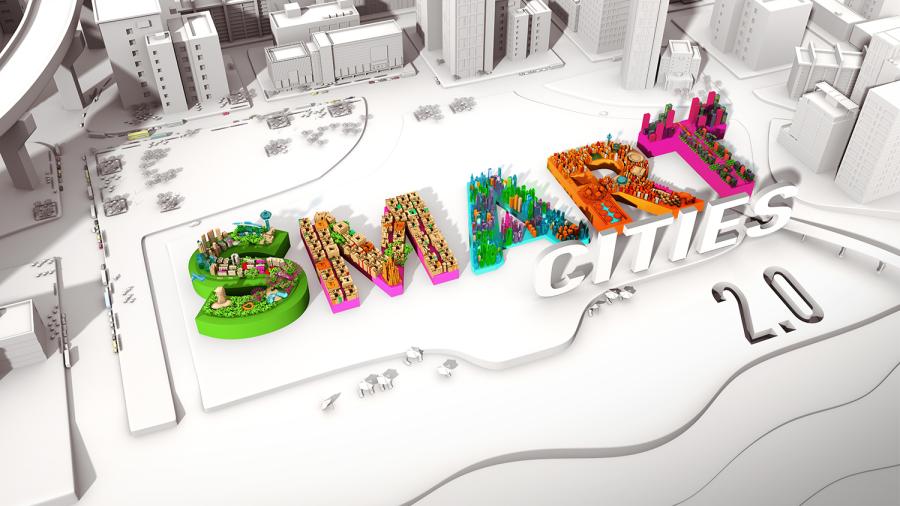Smart Cities 2.0
Infotainment

In Smart Cities 2.0, architect, academic, and urban planner Professor Jason Pomeroy travels to 8 distinct cities to find out what makes them so smart.
Is it cutting edge technology?
Or state of the art infrastructure.
Is it top down control?
Or giving power to the people.
And does being ?smart? mean different things to different cities?
Oceans cover 71% of the earth's surface,
Deserts take up slightly over 10%,
And cities – well they only cover 3% of our planet.
Yet today, more than half of the world’s population live in cities, and this number keeps on growing. That's a lot of people, occupying very little space. But space isn't the only challenge we face. Every single day more people are living and working in cities meaning an increased urban density and an increase in traffic congestion. It also means a lot more energy and water is being consumed and a lot more waste is being produced. If we want to continue enjoying life in cities and not live in gridlocked urban slums, then cities have to become more efficient and more sustainable. Cities have to be smarter.
In Smart Cities 2.0, architect, academic, and urban planner Professor Jason Pomeroy travels to 8 distinct cities to find out what makes them so smart.
Is it cutting edge technology?
Or state of the art infrastructure.
Is it top down control?
Or giving power to the people.
And does being “smart” mean different things to different cities?
30 mins episodes in HD:
- EP 1 – Songdo, South Korea
- EP 2 – Higashimatsushima, Japan
- EP 3 – Bandung, Indonesia
- EP 4 – Singapore, Singapore
- EP 5 – Ahmedabad, India
- EP 6 – Barcelona, Spain
- EP 7 – Shenzhen, China
- EP 8 – Amsterdam, The Netherlands
